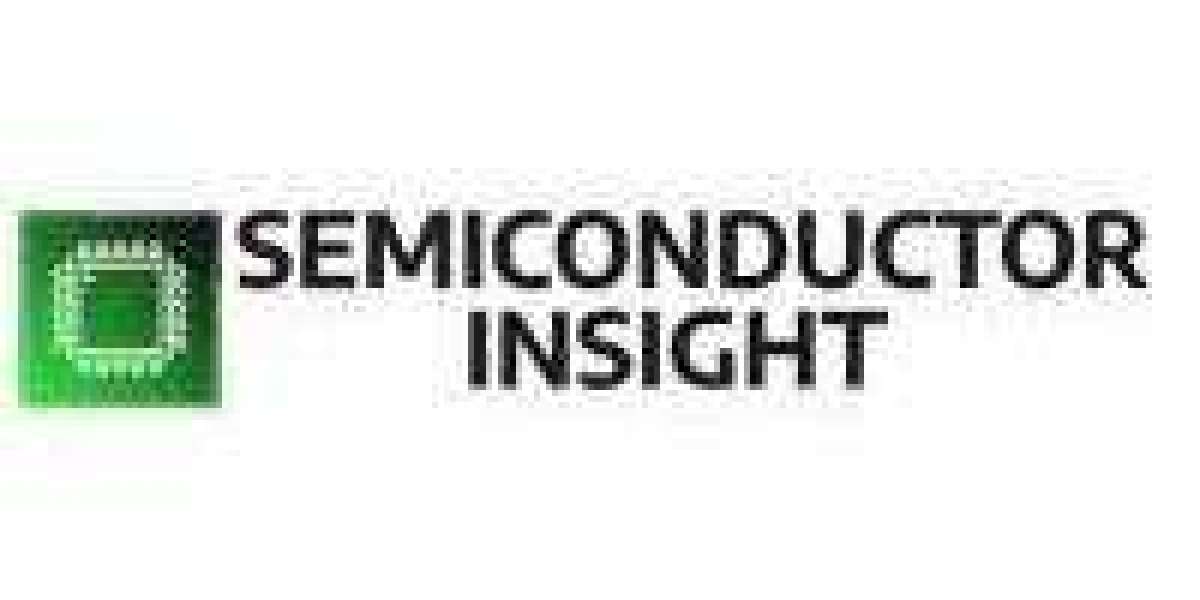One crucial component in this coordination is pharmacy management software. Integrating pharmacy management systems with other healthcare systems can lead to better patient care, increased efficiency, and reduced costs. This article explores the importance of integrating pharmacy management software development with other healthcare systems, the benefits of such integration, and best practices for achieving seamless interoperability.
1. Understanding Pharmacy Management Software
Pharmacy management software is a specialized system designed to handle various pharmacy operations, including prescription processing, inventory management, billing, and patient records. This software streamlines pharmacy workflows, reduces manual errors, and enhances the accuracy of medication dispensing. It also facilitates communication between pharmacists, healthcare providers, and patients.
Key Features:
- Prescription Processing: Automates the receipt, processing, and dispensing of prescriptions.
- Inventory Management: Tracks medication stock levels, expiration dates, and reorder points.
- Billing and Claims: Manages insurance claims and patient billing.
- Patient Records: Maintains comprehensive patient profiles, including medication history and allergies.
2. The Importance of Integration
Integrating pharmacy management software with other healthcare systems—such as Electronic Health Records (EHR), Laboratory Information Systems (LIS), and Health Information Exchanges (HIE)—is crucial for several reasons:
a. Improved Patient Safety: Integration ensures that pharmacists have access to complete patient information, including medical history, allergies, and current medications. This comprehensive view helps prevent medication errors, such as drug interactions and contraindications, thereby enhancing patient safety.
b. Enhanced Care Coordination: When pharmacy management systems are integrated with EHRs, healthcare providers can easily access medication records and make informed decisions. This seamless exchange of information facilitates better coordination between pharmacists, doctors, and other healthcare professionals, leading to more holistic and effective patient care.
c. Increased Efficiency: Integration reduces the need for duplicate data entry and manual processes. By automating data exchange between systems, healthcare organizations can streamline workflows, reduce administrative burdens, and minimize errors associated with manual data handling.
d. Better Medication Adherence: Pharmacy management software can track medication adherence and send reminders to patients. Integration with EHRs and other systems allows for better monitoring of adherence patterns and enables healthcare providers to intervene when necessary.
e. Enhanced Data Analytics: Integrated systems provide a more comprehensive dataset for analyzing medication use patterns, treatment outcomes, and overall pharmacy performance. This data can be used to make informed decisions, optimize inventory management, and identify opportunities for improving patient care.
3. Challenges in Integration
While the benefits of integration are significant, achieving seamless interoperability between pharmacy management software and other healthcare systems can be challenging. Common challenges include:
a. Data Standardization: Different healthcare systems may use varying data formats and standards. Ensuring that data from pharmacy management software is compatible with EHRs and other systems requires standardization and data mapping.
b. Security and Privacy Concerns: Integrating systems involves sharing sensitive patient information across platforms. Ensuring data security and compliance with regulations such as the Health Insurance Portability and Accountability Act (HIPAA) is crucial to protect patient privacy.
c. Technical Compatibility: Integrating disparate systems may involve dealing with different technologies, interfaces, and protocols. Ensuring technical compatibility and seamless data exchange can be complex and require specialized expertise.
d. Cost Considerations: Integration projects can be costly, involving expenses related to software development, system upgrades, and staff training. Organizations must carefully evaluate the return on investment and budget for ongoing maintenance.
4. Best Practices for Successful Integration
To achieve successful integration of pharmacy management software with other healthcare systems, organizations should follow these best practices:
a. Define Clear Objectives: Establish clear goals for integration, such as improving patient safety, enhancing care coordination, or optimizing inventory management. Having well-defined objectives helps guide the integration process and measure success.
b. Choose Compatible Systems: Select pharmacy management software and other healthcare systems that are compatible with each other and support industry standards. Look for solutions that offer interoperability features and integration capabilities.
c. Involve Stakeholders: Engage all relevant stakeholders, including pharmacists, healthcare providers, IT staff, and patients, in the integration process. Their input can provide valuable insights and help address potential issues.
d. Ensure Data Standardization: Adopt standard data formats and protocols, such as Health Level Seven (HL7) or Fast Healthcare Interoperability Resources (FHIR), to facilitate data exchange between systems. Data mapping and transformation may be required to ensure compatibility.
e. Implement Robust Security Measures: Protect patient data by implementing strong security measures, such as encryption, access controls, and regular security audits. Ensure compliance with privacy regulations and industry standards.
f. Plan for Ongoing Maintenance: Integration is not a one-time project but an ongoing process. Plan for regular updates, maintenance, and troubleshooting to ensure that integrated systems continue to function effectively and meet evolving needs.
g. Provide Training and Support: Offer training and support to staff involved in using and managing the integrated systems. Effective training helps ensure that users can navigate the new workflows and make the most of the integration.
5. Case Studies
a. Case Study 1: Improved Medication Management at a Hospital
A large hospital integrated its pharmacy management software with its EHR system to enhance medication management. The integration allowed pharmacists to access real-time patient information, including medical history and laboratory results. This comprehensive view enabled pharmacists to identify potential drug interactions and contraindications more effectively. As a result, the hospital saw a significant reduction in medication errors and improved patient safety.
b. Case Study 2: Streamlined Inventory Management in a Chain Pharmacy
A chain pharmacy implemented an integration between its pharmacy management software and its central inventory system. The integration automated inventory tracking and reordering processes, reducing stockouts and overstocking. The pharmacy chain experienced improved inventory turnover rates and reduced operational costs, leading to increased profitability.
c. Case Study 3: Enhanced Patient Care Coordination in a Primary Care Practice
A primary care practice integrated its pharmacy management software with its EHR and laboratory information system. This integration allowed healthcare providers to access patients' complete medication profiles and laboratory results. The improved coordination led to more personalized treatment plans and better management of chronic conditions, resulting in improved patient outcomes and satisfaction.
6. Future Trends and Innovations
The field of healthcare integration is constantly evolving, with new technologies and trends shaping the future of pharmacy management software and its role in healthcare systems. Some emerging trends include:
a. Artificial Intelligence (AI) and Machine Learning: AI and machine learning technologies are increasingly being used to analyze patient data, predict medication adherence patterns, and optimize inventory management. These technologies can enhance the capabilities of pharmacy management software and improve decision-making.
b. Blockchain Technology: Blockchain technology offers potential benefits for secure data exchange and verification in healthcare. It can provide a decentralized and tamper-proof system for managing patient records and medication histories.
c. Telepharmacy: Telepharmacy is gaining traction as a way to provide pharmacy services remotely. Integration with telemedicine platforms allows pharmacists to consult with patients virtually, review medication therapy, and provide counseling.
d. Internet of Things (IoT): IoT devices can be used to monitor medication adherence, track inventory in real-time, and collect data for analytics. Integration of IoT technology with pharmacy management software can provide valuable insights and improve operational efficiency.
e. Patient-Centric Solutions: Future integrations are likely to focus on enhancing patient engagement and experience. Solutions that enable patients to access their medication records, receive personalized health recommendations, and communicate with their healthcare providers will become increasingly important.
Conclusion
Integrating pharmacy management software with other healthcare systems is essential for achieving better coordination, improving patient safety, and enhancing operational efficiency. While challenges exist, following best practices and leveraging emerging technologies can help overcome these obstacles and maximize the benefits of integration. As the healthcare landscape continues to evolve, the integration of pharmacy management systems will play a crucial role in delivering high-quality, patient-centered care and driving the future of healthcare innovation.



